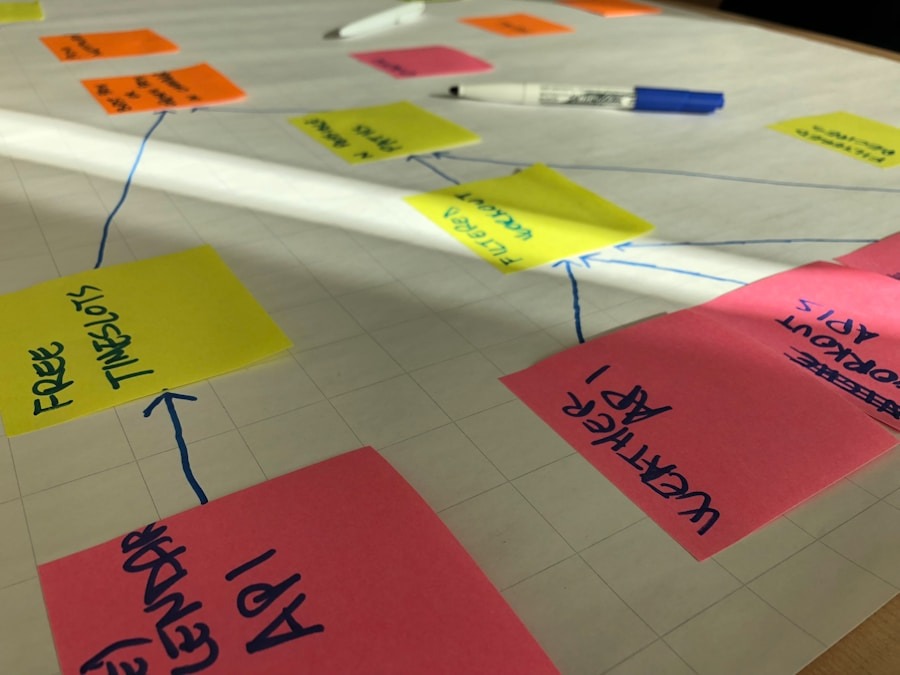Suggestopedia, developed by Bulgarian psychiatrist Georgi Lozanov in the 1970s, is an innovative approach to language learning that emphasizes the role of suggestion and the subconscious mind in the acquisition of new languages. At its core, Suggestopedia posits that learners can absorb information more effectively when they are in a relaxed state, free from anxiety and stress.
By utilizing techniques such as visualization, positive suggestion, and a rich sensory experience, Suggestopedia aims to bypass the mental blocks that often hinder language acquisition. The methodology of Suggestopedia is characterized by its unique classroom setup and instructional strategies. Classrooms are often designed to resemble comfortable living spaces rather than traditional educational environments, with soft lighting, comfortable seating, and calming decor.
The use of classical music plays a significant role in this approach; it serves to create a soothing atmosphere that enhances concentration and facilitates learning. During lessons, learners engage in dialogues and role-plays while being encouraged to visualize scenarios related to the language being studied. This multi-sensory approach not only aids retention but also helps learners develop a more profound emotional connection to the language, making it more meaningful and memorable.
Key Takeaways
- Suggestopedia is a teaching method that emphasizes the power of suggestion and relaxation to enhance language learning.
- Total Physical Response (TPR) engages the body and mind in language learning through physical movement and action-based learning.
- Community learning fosters collaborative and supportive language acquisition through group activities and shared experiences.
- Comparing Suggestopedia, TPR, and community learning reveals their unique approaches to language education and their potential synergies.
- Practical applications of Suggestopedia, TPR, and community learning in language education can enhance student engagement and language acquisition.
Total Physical Response (TPR): Engaging the Body and Mind in Language Learning
Total Physical Response (TPR), developed by Dr. James Asher in the 1960s, is a language teaching method that emphasizes the integration of physical movement with language learning. The underlying principle of TPR is based on the idea that language acquisition is most effective when learners are actively engaged in physical activities that correspond to the language being taught.
This method draws on the natural way children learn their first language—through listening and responding to commands while engaging in physical actions. By incorporating movement into the learning process, TPR not only makes language acquisition more dynamic but also caters to various learning styles. In a typical TPR lesson, the instructor gives commands in the target language, which students then act out.
For example, if the teacher says “jump,” students physically jump in response. This kinesthetic approach helps learners internalize vocabulary and grammar structures through direct experience rather than rote memorization. As students become more comfortable with the language, the complexity of commands can increase, allowing for more nuanced interactions.
TPR is particularly effective for beginners, as it reduces the pressure to speak immediately and allows learners to build confidence through comprehension and action before producing language themselves.
The Power of Community Learning: Collaborative and Supportive Language Acquisition

Community learning emphasizes the importance of social interaction and collaboration in the language acquisition process. This approach recognizes that language is inherently a social tool, and effective communication often occurs within a community context. By fostering a supportive environment where learners can share experiences, practice speaking, and provide feedback to one another, community learning enhances motivation and engagement.
This method can take various forms, including group projects, peer tutoring, and collaborative problem-solving activities that require learners to use the target language in meaningful ways. One of the key benefits of community learning is its ability to create a sense of belonging among learners. When individuals feel connected to their peers, they are more likely to take risks in their language use, leading to greater fluency and confidence.
Additionally, community learning encourages diverse perspectives and cultural exchanges, enriching the learning experience. For instance, learners from different backgrounds can share their unique insights and experiences related to the target language, fostering a deeper understanding of cultural nuances and contextual usage. This collaborative approach not only enhances linguistic skills but also promotes empathy and intercultural competence.
Comparing and Contrasting Suggestopedia, TPR, and Community Learning
While Suggestopedia, TPR, and community learning each offer distinct methodologies for language acquisition, they share common goals of enhancing learner engagement and facilitating effective communication. Suggestopedia focuses on creating a relaxed environment that leverages suggestion and subconscious absorption of language. In contrast, TPR emphasizes physical movement as a means of reinforcing language comprehension through active participation.
Community learning, on the other hand, prioritizes social interaction and collaboration among learners as a way to build confidence and fluency. Despite their differences, these methods can be complementary when integrated into a comprehensive language curriculum. For instance, a teacher might begin a lesson using TPR techniques to introduce new vocabulary through physical actions before transitioning into a Suggestopedia-inspired activity that incorporates music and visualization for deeper retention.
Following this, learners could engage in community learning exercises where they practice using the new vocabulary in pairs or small groups. This multifaceted approach not only caters to various learning styles but also reinforces concepts through different modalities.
Practical Applications: Incorporating Suggestopedia, TPR, and Community Learning in Language Education
Incorporating Suggestopedia, TPR, and community learning into language education requires thoughtful planning and creativity on the part of educators. For Suggestopedia, teachers can create an inviting classroom atmosphere by using soft furnishings, ambient lighting, and classical music during lessons. They might also design activities that encourage visualization—such as guided imagery exercises where students imagine themselves in real-life scenarios using the target language.
This immersive experience can significantly enhance retention and emotional engagement with the material. For TPR implementation, educators can develop interactive lessons that involve physical movement related to vocabulary or grammar concepts. For example, during a lesson on action verbs, teachers can create a series of commands that students must follow while performing corresponding actions.
Additionally, teachers can gradually introduce more complex commands as students become comfortable with basic vocabulary. Community learning can be integrated through group projects or peer-led discussions where learners collaborate on tasks that require them to use the target language actively.
For instance, students could work together to create presentations on cultural topics related to the language they are studying or engage in role-playing exercises that simulate real-life conversations. By fostering an environment where learners feel safe to express themselves and support one another, educators can enhance motivation and promote deeper connections with the language.
Challenges and Benefits: Exploring the Effectiveness of Suggestopedia, TPR, and Community Learning

While Suggestopedia, TPR, and community learning offer numerous benefits for language acquisition, they also present certain challenges that educators must navigate. One challenge associated with Suggestopedia is the need for extensive training for teachers to effectively implement its techniques. The success of this method relies heavily on the instructor’s ability to create an appropriate atmosphere and utilize suggestion effectively.
Additionally, some learners may find it difficult to adapt to this unconventional approach if they are accustomed to traditional methods of instruction. TPR also has its limitations; while it is highly effective for beginners or young learners who thrive on physical activity, it may not be as suitable for advanced learners who require more complex linguistic structures or abstract thinking. Furthermore, some students may feel self-conscious about performing physical actions in front of their peers, which could hinder their participation.
Community learning presents its own set of challenges as well; group dynamics can sometimes lead to unequal participation or dominance by more confident speakers. Educators must be vigilant in ensuring that all voices are heard and that quieter students have opportunities to contribute meaningfully. However, when managed effectively, community learning fosters collaboration and builds a supportive network among learners.
Despite these challenges, the benefits of these methods are significant. Suggestopedia can lead to increased retention rates due to its focus on emotional engagement and relaxation. TPR promotes active participation and helps learners internalize vocabulary through kinesthetic experiences.
Community learning cultivates a sense of belonging among students while enhancing their communicative competence through real-world interactions. By understanding these methods’ strengths and weaknesses, educators can create more effective language learning environments that cater to diverse learner needs.
In addition to exploring Suggestopedia, TPR, and Community Learning, readers may also find the article on Vedanta Philosophy interesting. This article delves into the nature of reality and human existence, providing a deeper understanding of philosophical concepts that may complement the practical teaching methods discussed in the main article. To read more about Vedanta Philosophy, click here.






















+ There are no comments
Add yours